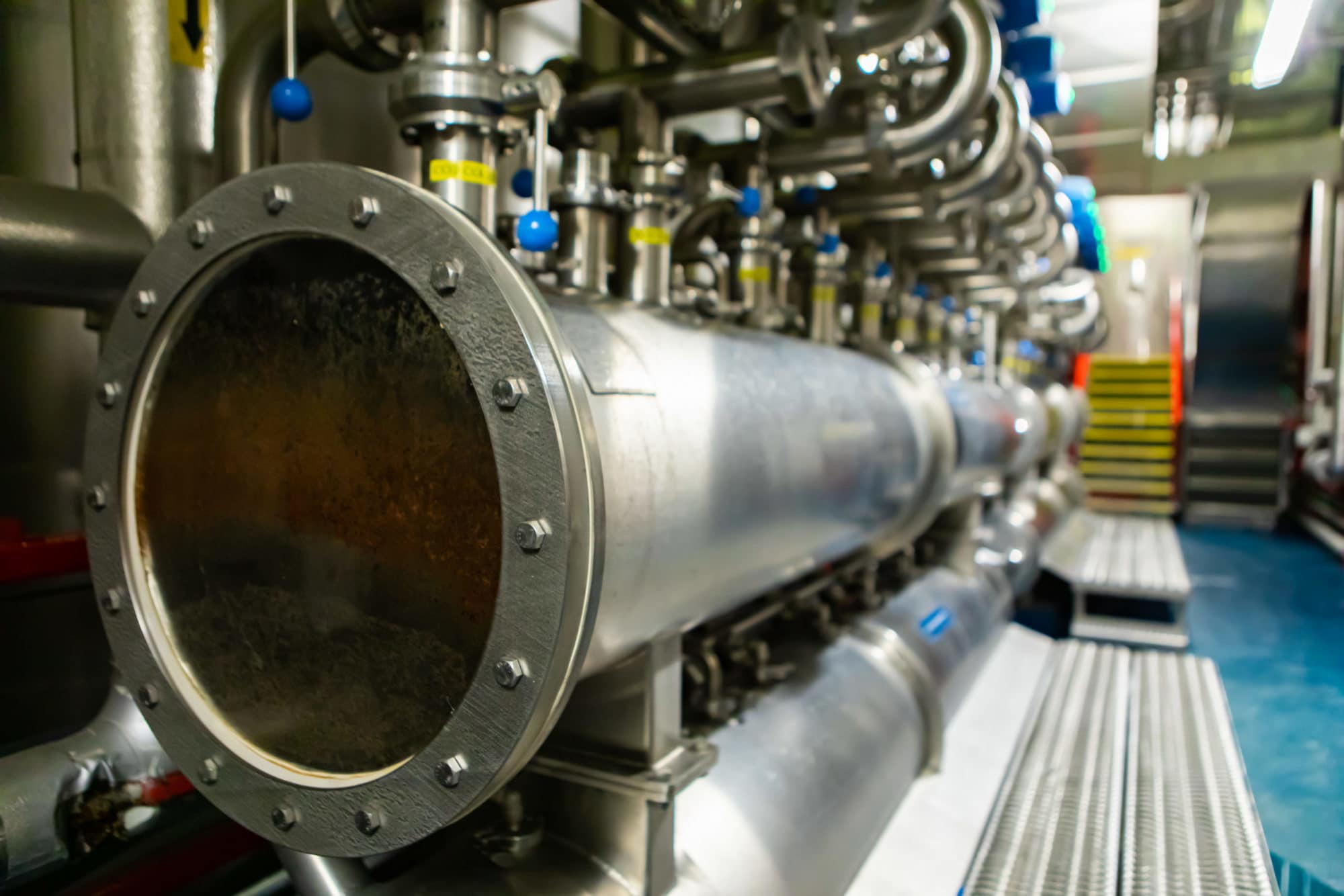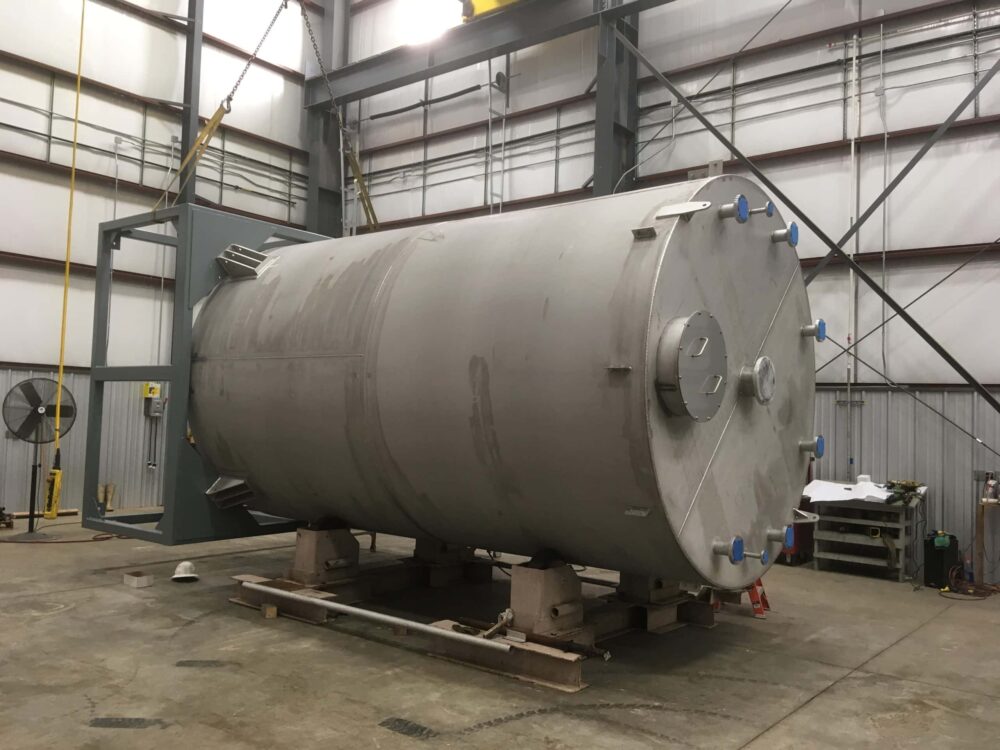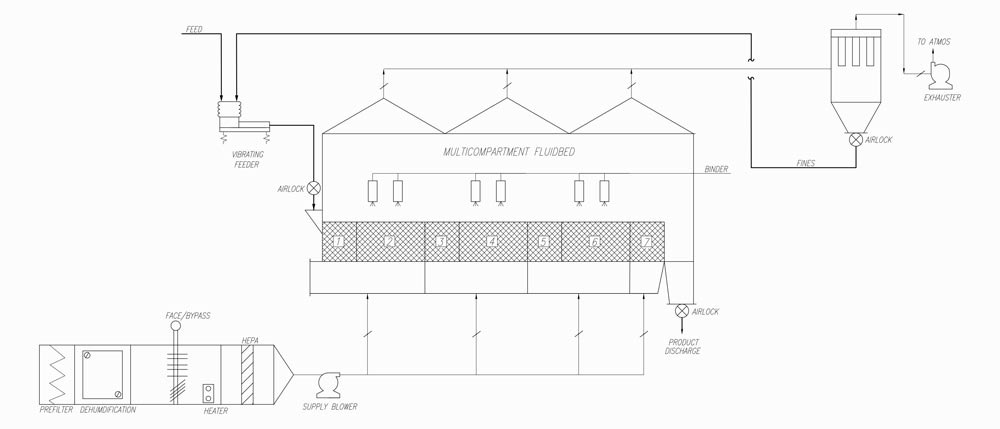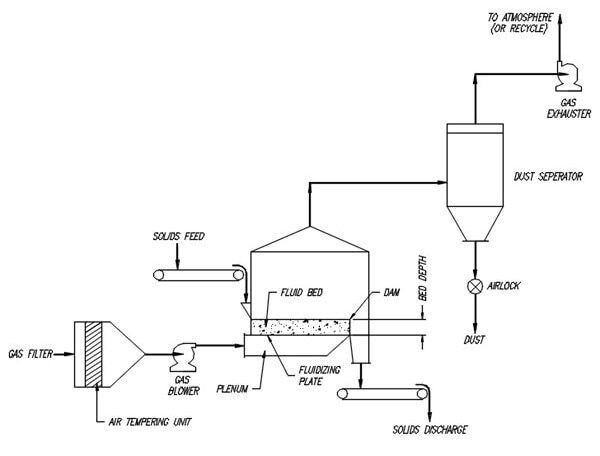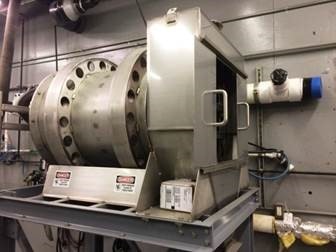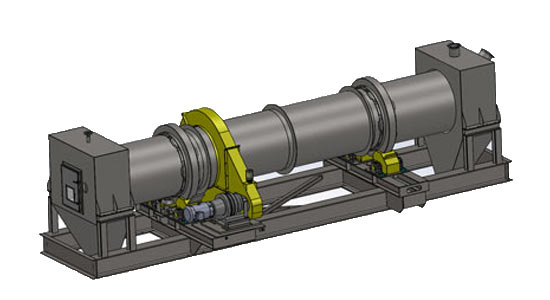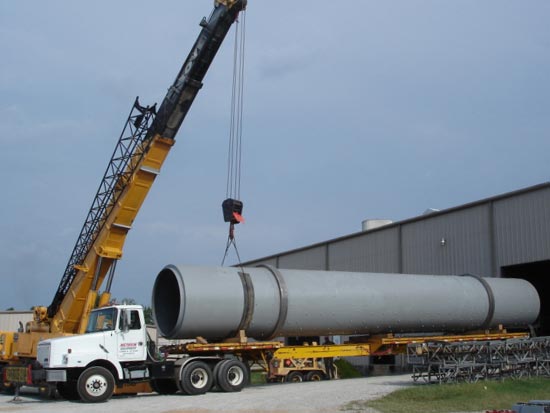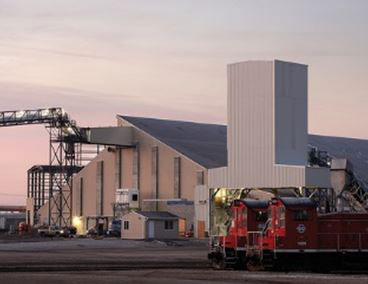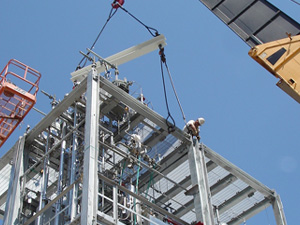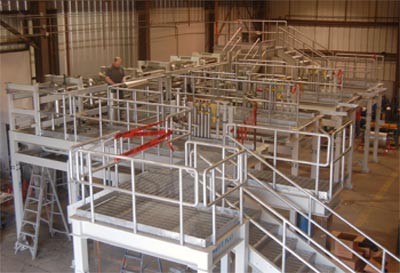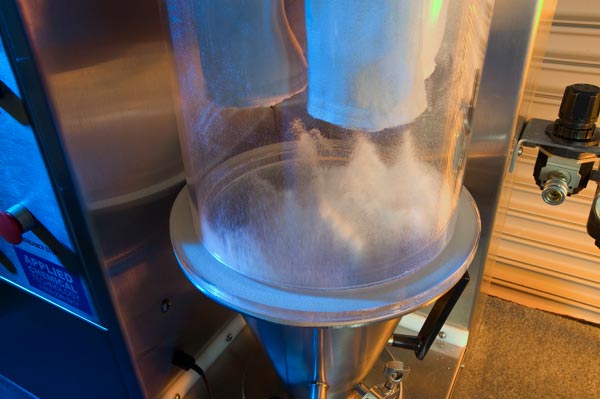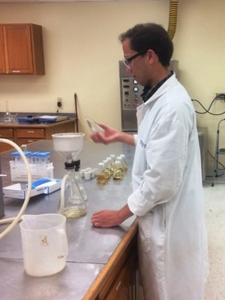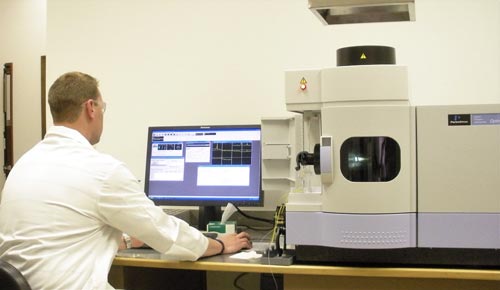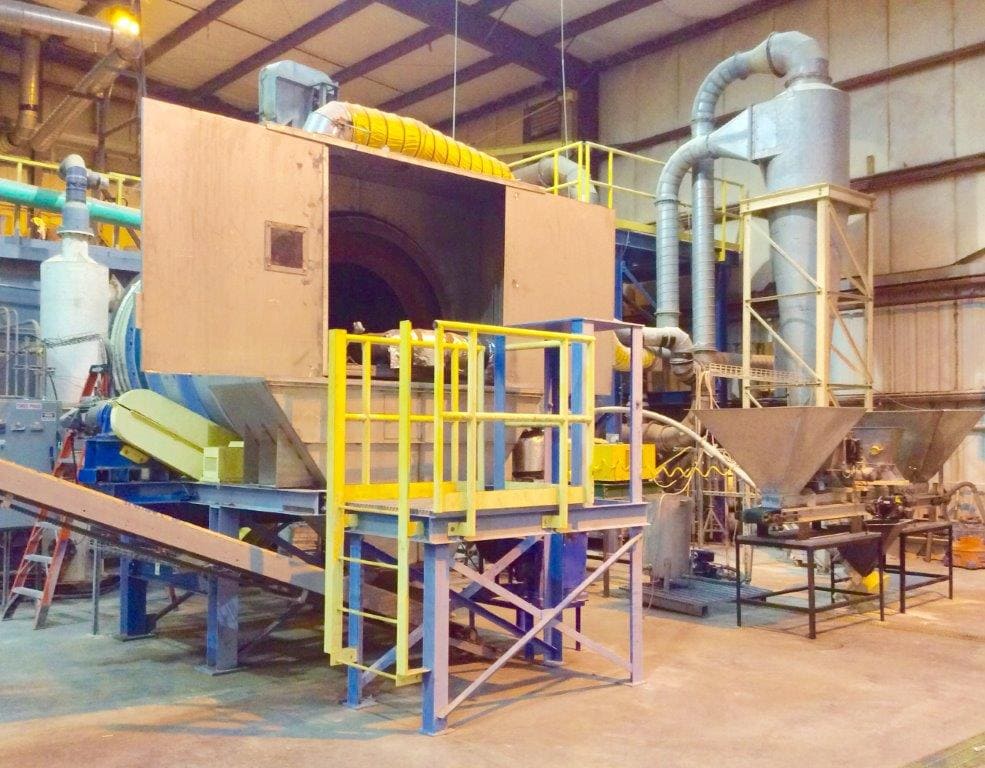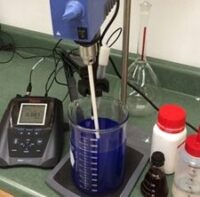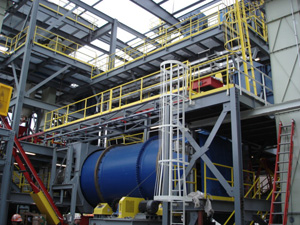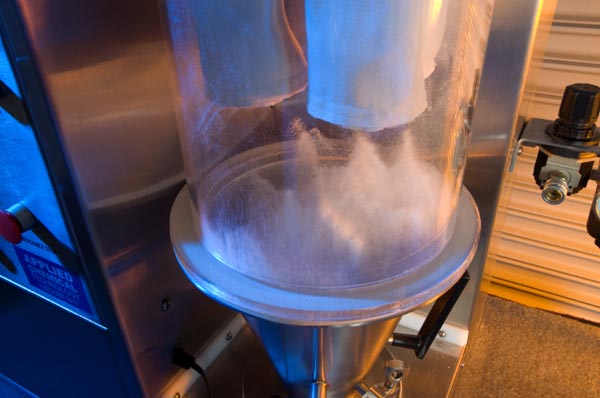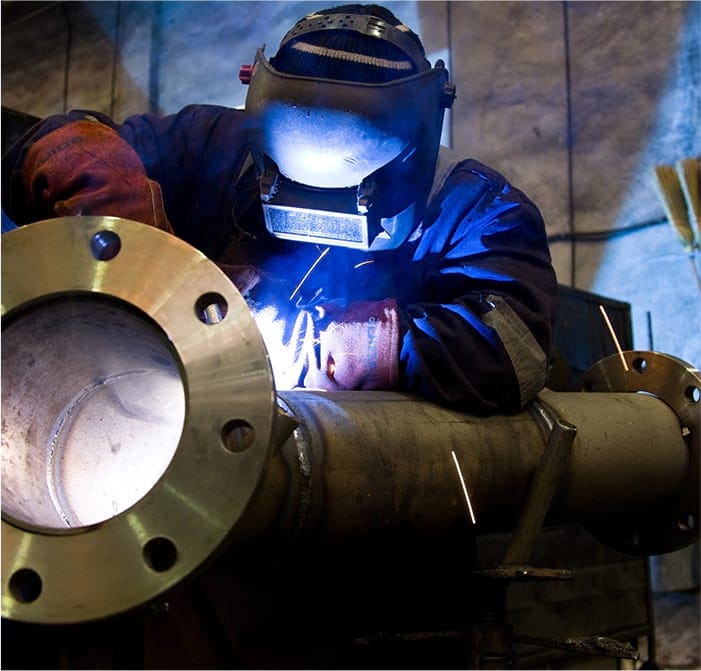At Applied Chemical Technology (ACT), we are experienced in the development of both batch and continuous processes. Our engineers have the knowledge and experience to assist our clients in choosing the type of process best for their product and process specifications and production costs. Generally, bench scale testing is conducted on a batch basis in the laboratory. However, semi-continuous processes can be simulated at the bench scale. To test the boundary conditions and feasibility of any commercial process, pilot plant testing is required. It is at the pilot plant stage that continuous processes are truly tested.
Based on your project goals we build project specific pilot plants as batch, semi-continuous, or continuous processes.
Considerations for Choosing Between Batch and Continuous Processes
Cost of Product Material
Due to the high cost of some feed materials, it important to minimize losses from process failure or contamination. This can be the driving force to choosing between a batch or a continuous process.
Regulations
Government regulation may require certain processes to be done on a batch basis.
Quality of Product
To ensure the quality of the product demanded by the consumer, either a batch or continuous process is chosen. This may be due to the time needed for completeness of reaction or a need for better control over product properties like size, hardness, solubility, etc.
Plant Costs
Both capital costs and operating costs are affected by the type of process chosen. For example, a continuous process may allow more automation to be implemented which can potentially lower the operating costs of the plant. However, the additional automation generally raises the capital costs for the project. Our process and automation engineers are experienced in helping clients recognize and balance their costs and benefits.
On-Stream Time
Another consideration in choosing between batch and continuous processes is the need for maintenance and the resulting downtime for that maintenance. For example, running multiple batches simultaneously allows for maintenance without total shutdown.





